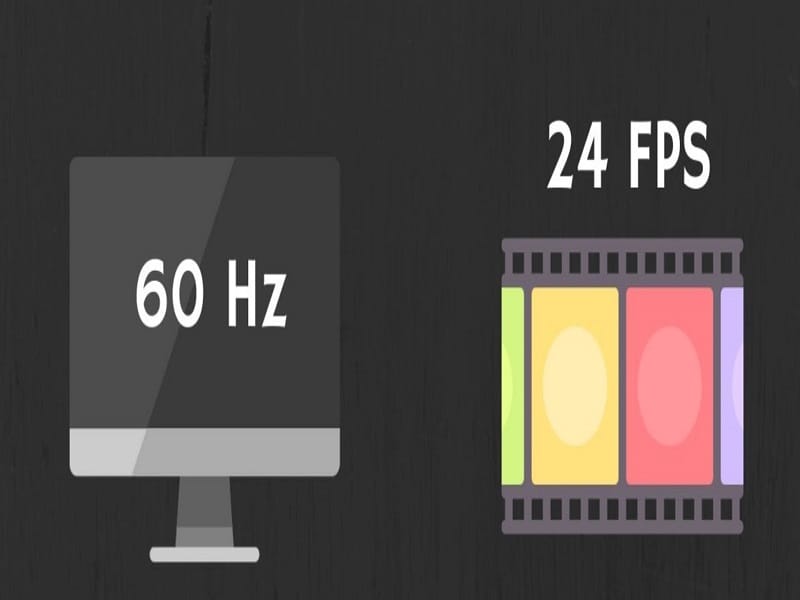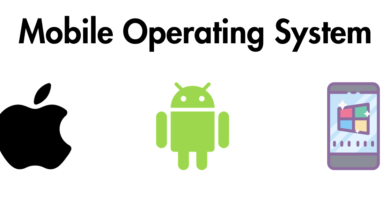Refresh Rate Why it Matters for a Better Display Experience

Refresh Rate refers to the number of times per second that a display updates its image. It is measured in Hertz (Hz). A higher refresh rate means that the display can update its image more frequently, resulting in smoother motion and less motion blur.
For example, a display with a refresh rate of 60Hz updates its image 60 times per second. Displays with higher refresh rates, such as 120Hz or 240Hz, can provide a more fluid and immersive experience, particularly for fast-paced video games or action movies.
It’s worth noting that while a higher refresh rate can be beneficial in certain scenarios, not all displays and devices are capable of taking advantage of it. Additionally, the refresh rate is just one of many factors that can affect the quality of a display, including resolution, color accuracy, and viewing angles.
Understanding Refresh Rates: The Key to a Smoother Display Experience
Refresh Rates are an important factor in modern displays, measured in Hertz (Hz). A higher refresh rate means that the screen can update its image more frequently, resulting in smoother motion and less motion blur. Most displays have a standard refresh rate of 60Hz, but displays with higher refresh rates such as 120Hz or 240Hz are becoming more common. The main advantages of a higher refresh rate are reduced motion blur and reduced screen tearing. It is important to note that not all screens and devices are capable of utilizing a higher refresh rate, and other factors such as resolution, color accuracy, and viewing angles can also impact the quality of a display. Understanding screen refresh rates can help you choose a display that offers the best viewing experience, particularly if you enjoy gaming or watching fast-paced content.
Hardware Configurations:
Achieving a higher refresh rate on a monitor depends on the desired rate and the hardware required to support it. Typically, a higher refresh rate demands more frames per second (FPS) from the CPU and GPU, resulting in more benefits from higher-performance options.
However, the demands of different games on the CPU and GPU can vary greatly. Games that rely on the latest graphics technologies will require more resources than older games or those with less emphasis on graphics. Consequently, achieving a higher refresh rate may be possible with less powerful hardware depending on the game being played.
Additionally, the graphics settings used can impact the hardware requirements for achieving a high refresh rate. Reducing the resolution to 1080p or lowering graphical settings can lead to a higher refresh rate at a lower performance cost. Similar to achieving higher resolutions, reducing the hardware load during gameplay makes it easier to push the frame rate high enough to take full advantage of a high-refresh-rate display.
To find the right balance that works for you, adjusting the settings and resolutions of your games may be necessary.




